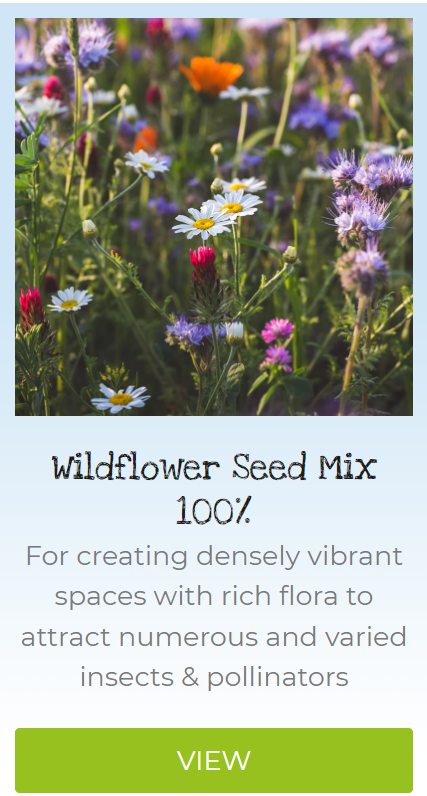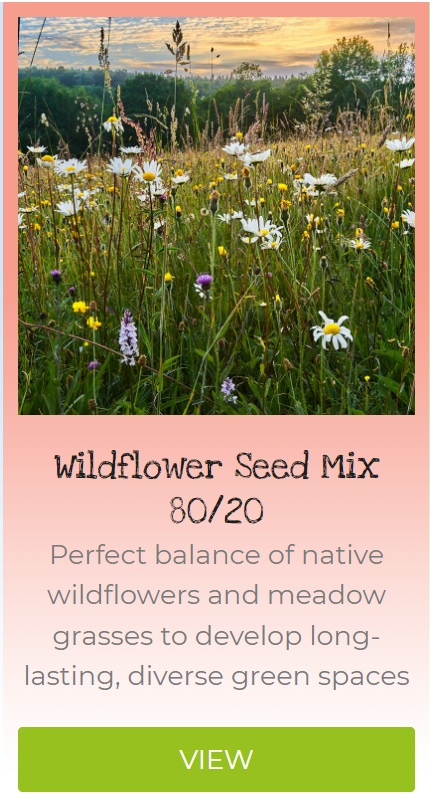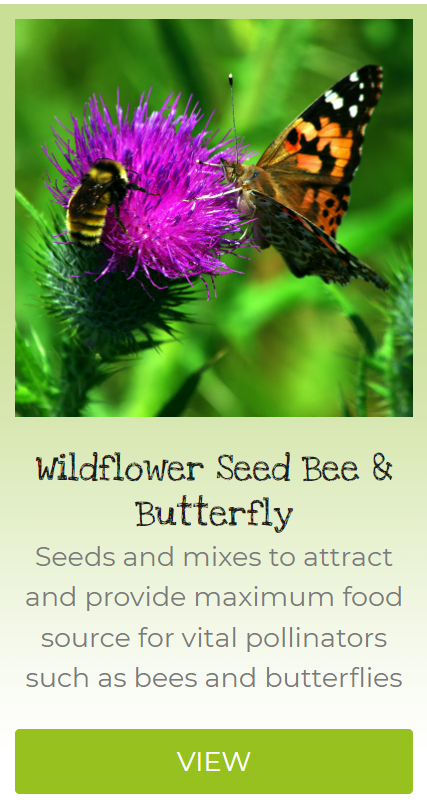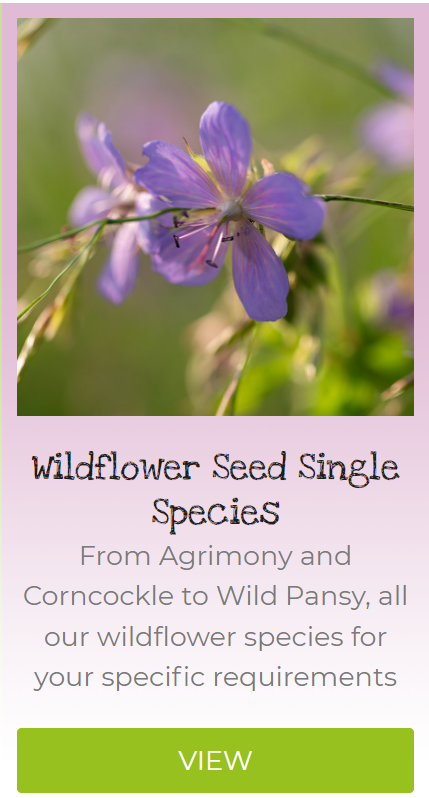Discovering the Flora and Natural Riches of the Dorset Downs: A Guide to Wildflowers, Soil Types, and Sowing
So you want to discover the natural wonders of Dorset, do you? Strap on your hiking boots and grab your field guide because you’re in for a treat. The rolling chalk hills of the Dorset Downs hold botanical treasures around every bend. Once you start noticing the bursts of colour sprouting from the hillsides, you’ll wonder how you ever missed them before. Delicate orchids, vibrant poppies, and rare wildflowers abound here, just waiting to be discovered. Not only that, but the diversity of soil types, from sandy loam to chalk grassland, means there’s an ecosystem for every kind of plant. Whether you’re a seasoned naturalist or just developing an interest in the great outdoors, the Dorset Downs have something for everyone. This guide will be your wildflower field companion, helping you identify nature’s handiwork and understand what’s happening beneath your feet. Ready to embark on a journey of discovery? The Dorset Downs are calling your name.
An Introduction to the Diverse Flora of the Dorset Downs
The Dorset Downs are home to some of Britain’s most spectacular wildflowers. In spring and summer, the chalk grasslands come alive with colour as orchids, cowslips, and rare bellflowers blossom.
Wild Orchids
Over 20 species of orchids thrive on the Downs, including the rare early spider orchid. The chalky soil and specific microclimates created by the rolling hills provide ideal conditions for these delicate flowers. Orchid spotting has become a popular pastime, with the best displays in May and June.
A Paradise for Pollinators
The abundance of wildflowers attracts bees, butterflies, and other pollinators. Look for the Adonis blue butterfly flitting between horseshoe vetch and bird’s-foot trefoil. You may also spot skylarks building nests in the grassland and green woodpeckers drilling into anthills.
Chalk Grassland: A Haven for Biodiversity
Chalk grassland is one of Britain’s rarest and most biodiverse habitats. Over time, changing land use and agricultural practices have reduced chalk grassland by over 80%. The Downs provide a stronghold for this threatened ecosystem, with unimproved grasslands supporting a variety of grasses, herbs, and wildflowers. Conservation efforts aim to restore and reconnect fragmented patches of this precious habitat.
The natural riches of the Dorset Downs are worth protecting. By understanding the complex ecology of the chalk grasslands and the species that inhabit them, we can ensure these beautiful wild places remain for generations to come. Exploring the Downs in spring and summer offers a chance to witness nature at its most vibrant and be captivated by the simple wonders of wildflowers and wildlife.
Top 10 Native Wildflowers to Spot on the Dorset Downs
Once you’ve wandered the rolling chalk hills and sweeping valleys of the Dorset Downs, you’ll want to acquaint yourself with the dazzling array of wildflowers that call this place home. Here are ten stunning native blooms to spot:
Cowslips
Delicate yellow cowslips fleck the downs each spring, recognisable by their egg-shaped leaves and drooping heads. Look for them in grasslands and woodland clearings.
Bluebells
A sea of violet-blue bells sway in ancient woodlands across the downs. The intoxicating scent and cobalt haze of bluebells in full bloom is a sight.
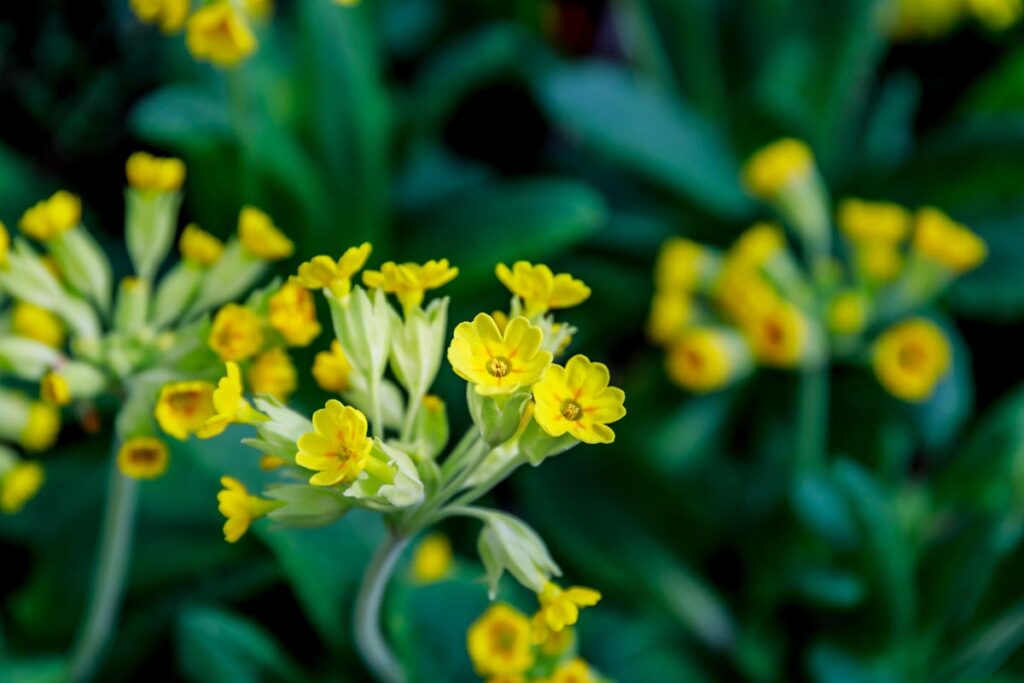
Poppies
The scarlet petals of common poppies add colour to roadsides and disturbed ground in summer. These striking yet ephemeral beauties only last a day, so catch them while you can!
Violets
Shy violets with heart-shaped leaves and purple-blue flowers emerge in spring and prefer partially shaded spots. Several species of these charming blooms inhabit the downs.
Oxeye daisies
Iconic oxeye daisies, with yellow centres and white petals, are familiar on grassy slopes and verges. These cheerful daisies flower from late spring through summer.
Wild thyme
Low-growing wild thyme produces a sea of pale pink blooms and releases an aromatic, honey-like fragrance when crushed underfoot. Look for it in hot, dry areas like south-facing slopes.
Bird’s-foot trefoil
Egg-shaped clusters of bright yellow pea-like flowers adorn this low-growing plant in summer. It thrives on calcareous grasslands and road verges. The seed pods resemble a bird’s foot, giving the plant its name.
Knapweed
Purple knapweed, with thistle-like flowers, is common on disturbed ground and grassy areas. Its tough, drought-tolerant nature allows it to flourish where other plants struggle.
Harebells
Delicate harebells, with bell-shaped blue flowers on slender stems, prefer calcareous grasslands. Their dainty appearance belies their resilience in harsh, exposed sites.
Wild marjoram
When rubbed, bushy wild marjoram produces abundant pink flower heads in summer, yielding a
The Varying Soil Types Across the Dorset Downs Area

The Dorset Downs area has various soil types that change the landscape and determine what plants and wildlife can thrive in each location.
Chalk Grassland
The vast expanses of the Dorset Downs are made of chalk grassland, with thin, alkaline soil covering the chalk bedrock. This soil supports many wildflowers and grasses adapted to these conditions, like cowslips, orchids, and knapweed. The chalk grasslands are home to rare butterflies like the Adonis Blue and Lulworth Skipper.
Clay
Pockets of clay soil also dot the Dorset Downs, especially in valley areas. Clay soil retains moisture well and is rich in nutrients, allowing dense woodlands of oak, ash, and maple trees to become established. Plants like bluebells, celandine, and wood anemones carpet the woodland floor. Many woodland birds find shelter and food sources in these areas.
Sandy Loam
Sandy loam soil contains a mixture of sand, silt, and clay particles with a slightly acidic pH. These freely-draining, nutrient-poor soils are found on heathlands and support heather, gorse, and bracken. The heathlands are a habitat for sand lizards, smooth snakes, and rare birds like the nightjar and woodlark.
Whether you want to spot rare wildlife, photograph delicate orchids, or take in sweeping views, exploring the different soil types and flora of the Dorset Downs will open your eyes to the natural richness of this landscape. Spending time connecting with the varied terrain under your feet gives you an appreciation for how the land was formed and how it continues to shape the life that depends on it.
When to Sow: The Best Times for Planting on the Dorset Downs
Spring and summer are ideal times for sowing wildflower seeds in Dorset. The warmer soil and longer days encourage germination and growth. Some seeds can be sown in autumn for blooms the following year.
Spring (March to May)
Spring rains moisten the soil, and temperatures rise, signalling many wildflowers to sprout. This is an excellent time to sow seeds of wildflowers like cowslips, knapweed and bird’s-foot trefoil. Scatter the tiny seeds across the prepared soil and lightly rake them in. Keep the area well watered as the seedlings establish.
Summer (June to August)
The summer sun provides ideal conditions for many wildflowers, though extra watering may be needed. Sow seeds of poppies, cornflowers, vipers, bugloss and mallow. Some perennials like oxeye daisies and foxgloves can also be sown for blooms next year. Sowing in summer allows seedlings to develop strong roots before winter dormancy.
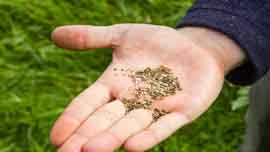
Autumn (September to October)
Many wildflower seeds require a cold period to germinate, so autumn sowing suits perennials like red campion, thyme and yarrow. Scatter seeds in late autumn when rains return. The seeds will remain dormant over winter and germinate the following spring. Hardy annuals and biennials also do well when sown in autumn.
Most wildflowers will self-seed readily once established in Dorset’s chalky, lime-rich soil, creating colourful drifts and swathes of blossoms. By sowing at the correct times, you can create a tapestry of wildflowers blooming in sequence from spring through autumn across the picturesque Dorset Downs. With the right balance of moisture and patience, your efforts will be rewarded as more flora awakens with each new season.
Protecting the Natural Riches: Conservation Efforts on the Dorset Downs
Protecting the natural beauty and biodiversity of the Dorset Downs is crucial to preserving this picturesque landscape for generations to come. Several conservation organisations are working to safeguard the fragile ecosystem through sustainable land management and public education.
Dorset Wildlife Trust
The Dorset Wildlife Trust oversees nature reserves across the county, including several sites on the Dorset Downs. They work to restore and manage chalk grassland habitat, control invasive species, and promote awareness about the importance of biodiversity. Their volunteers organise wildlife surveys, habitat management activities, and community events.
The National Trust
As a significant landowner in Dorset, the National Trust protects over 5,000 hectares of the Dorset Downs and Purbeck Hills. They use grazing animals like sheep, cattle, and ponies to manage grassland and scrub naturally. The National Trust also operates several tourist attractions on the Downs, which provide information about the natural and cultural heritage of the area. Fees from visitors help fund their conservation work.
Natural England
Natural England is a government organisation dedicated to conserving England’s natural environment. Due to the rare chalk grassland habitat and species diversity, they have designated parts of the Dorset Downs as Sites of Special Scientific Interest (SSSIs). Natural England works with private landowners to develop management plans for SSSIs that balance biodiversity protection with economic activities like farming. They provide grants and guidance for landowners to support sustainable land use.
You Can Help, Too!
There are many ways individuals can support the conservation of the Dorset Downs. Volunteer your time with local organisations. Be respectful of private land by sticking to public footpaths. Pick up litter while out enjoying the countryside. Provide financial donations to trusts and charities protecting this landscape. Spread awareness about the importance of biodiversity and sustainable land management. Every small action makes a difference in safeguarding these natural riches for the future.
Dorset's Enchantment Beckons: Answer the Call of its Wild Beauty
So now you have a sense of the natural wonders awaiting you in this little corner of Dorset. From delicate orchids to vibrant poppies, the wildflowers will delight your senses. The chalk grasslands and ancient woodlands offer a glimpse into the history and heritage of this land. Understanding the soil allows you to sow the seeds to help support and spread the native flora. Get out and explore – meander down winding country lanes, hike the rolling hills, and discover the peace in a secluded meadow. The Dorset Downs hold treasures around every corner. Go on, pack a picnic, lace up your walking boots, and uncover the natural riches in this quiet rural escape. The landscape is calling you to adventure.
Dorset Wildflower Seeds and Seed Mats Wildahome: Your Dorset Meadow Seed Specialists
As a family-run enterprise, Wildahome is dedicated to providing a rich assortment of native UK wildflower seeds and mixes. Specialising in locally harvested seeds makes them more suitable for your soil type. Our offerings ensure a vibrant display tailored to your specific needs. Beyond beauty, our wildflower mixes act as crucial pollinators, drawing in native butterflies, bees, and other beneficial insects, making them an excellent choice for gardens, sprawling meadows, or city spaces. Our mission?
To help you cultivate biodiverse spaces teeming with life. Whether it’s individual seeds, seed mats, or curated mixtures you’re after, the Wildahome team stands ready to guide your green journey, from backyard plots to expansive conservation projects.
Dorset wildflower seeds and seed mats are available throughout the year, but please discuss the best sowing time with us.


